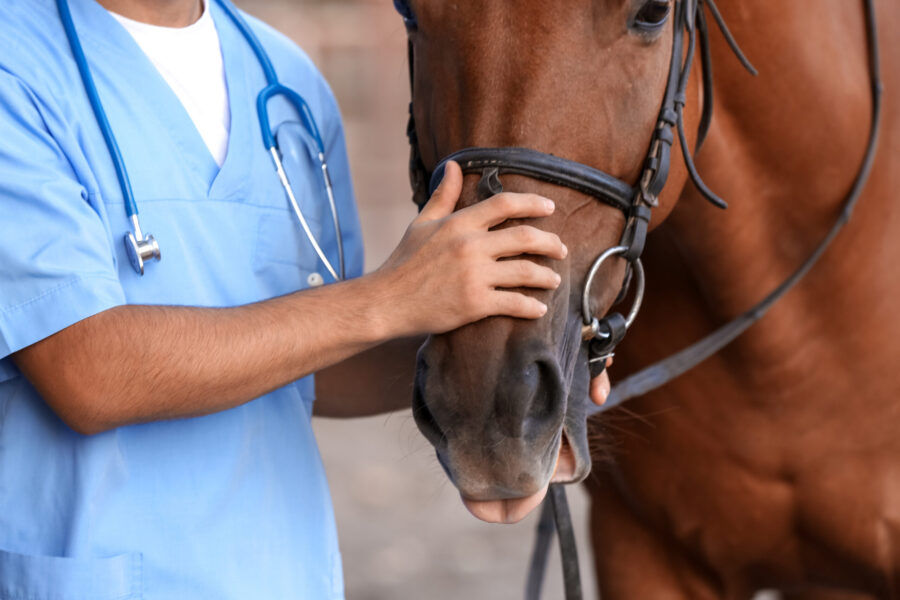Researchers pioneer electroarthrography and center of pressure testing, offering veterinarians new tools for early osteoarthritis detection in horses.
In equine veterinary medicine, a persistent challenge has been the accurate evaluation of cartilage quality, particularly in diagnosing and managing osteoarthritis. However, a collaborative effort between researchers at the Ontario Veterinary College and the University of Toronto is set to transform this landscape with their innovative non-invasive technique: electroarthrography (EAG).
Understanding EAG Technology
EAG employs a novel approach, utilizing skin-attached electrodes to capture electrical signals emitted by cartilage under stress. These EAG signals provide crucial information about the cartilage’s biomechanical properties, including stiffness and permeability. This method draws parallels to electrocardiography (ECG) used in cardiac health assessment, offering veterinarians unprecedented insights into cartilage health.
Current Diagnostic Challenges
Traditional methods for assessing equine cartilage quality have significant limitations. While diagnostic arthroscopy remains the gold standard, it is invasive, costly, and requires general anesthesia. Other imaging techniques like X-rays and ultrasound lack the sensitivity to detect subtle cartilage changes, and MRI, though effective, is often impractical due to cost and accessibility issues. EAG emerges as a promising alternative, offering a quick, simple, and cost-effective solution that could revolutionize equine joint health management.
Enhancing Diagnostics with Center of Pressure Testing
The research team has further enhanced their approach by integrating EAG with center of pressure (COP) testing. COP measures force distribution beneath a horse’s hoof during standing or walking. This combined methodology provides a comprehensive assessment of joint health and function, offering deeper insights into joint biomechanics. Comparative studies with MRI have demonstrated the accuracy of these non-invasive techniques in differentiating between healthy and osteoarthritic joints.
Future Implications and Potential
The development of EAG and COP testing holds immense promise for equine veterinary medicine. These techniques could enable early detection of cartilage damage, facilitating timely interventions to slow or prevent joint deterioration. The researchers are committed to further validating and refining these methods, with the ultimate goal of making them widely accessible to veterinarians and horse owners.
This advancement in equine healthcare represents a significant leap forward, offering a reliable, non-invasive, and economical method for assessing cartilage quality. As research progresses, these innovative techniques have the potential to significantly improve equine health outcomes, benefiting horses and their caretakers alike.








